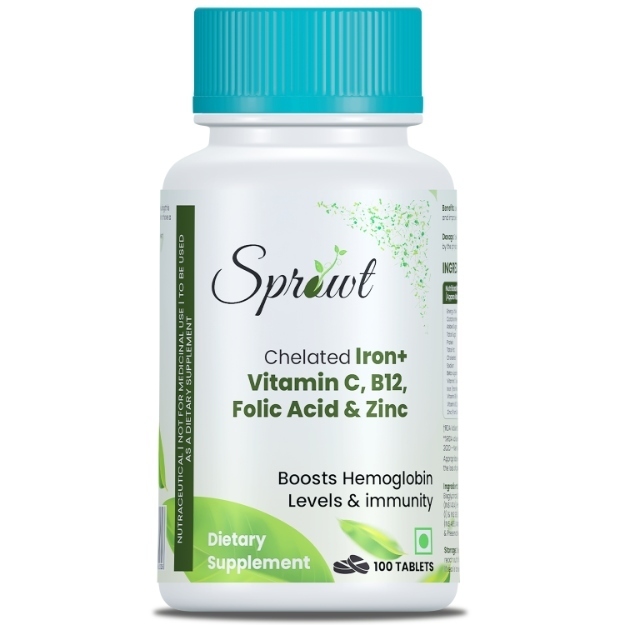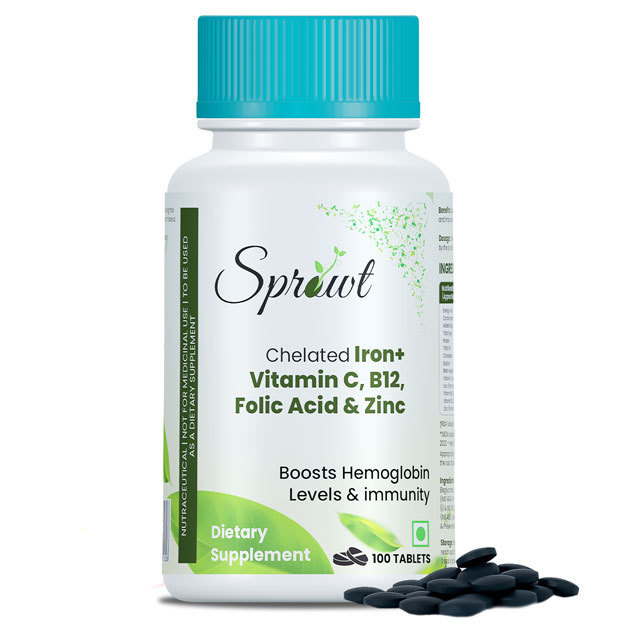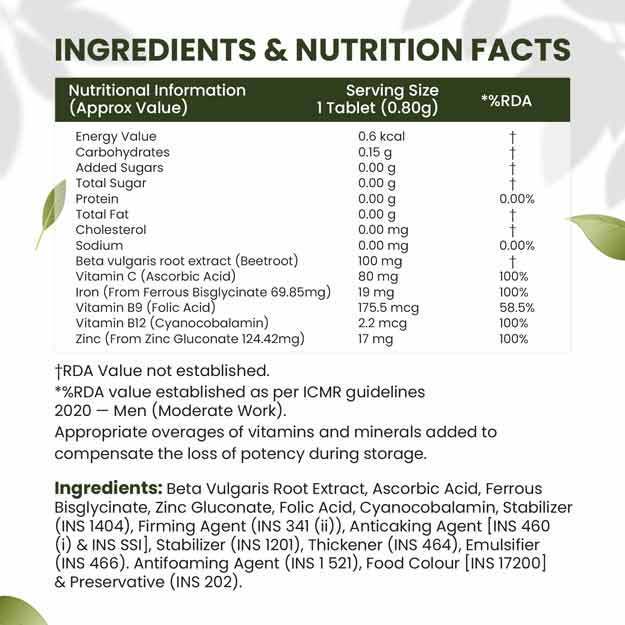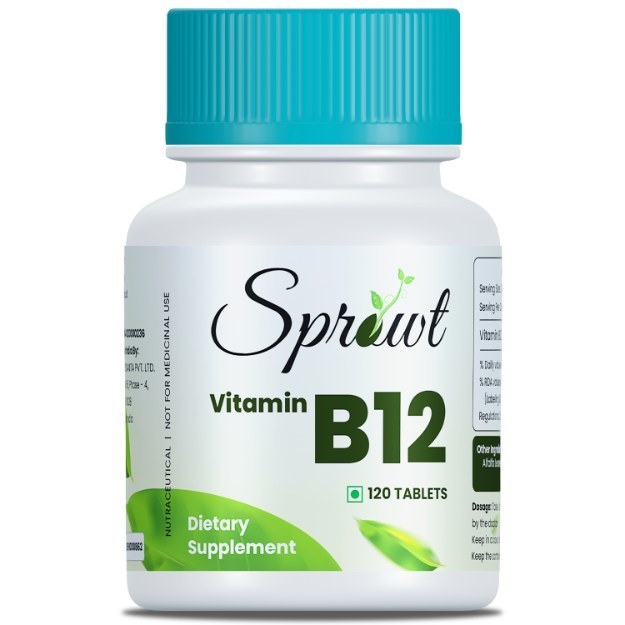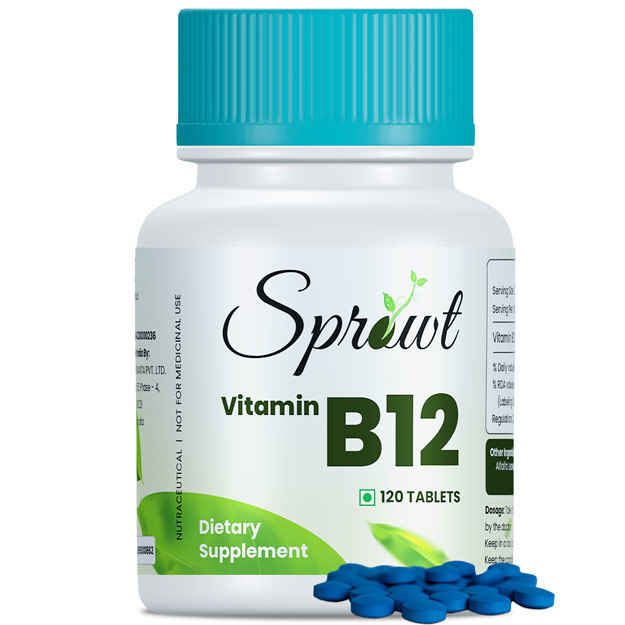What is Anaemia test?
Anaemia profile includes an array of laboratory tests that are useful in the detection of anaemia. Anaemia is a condition characterised by the reduction in the number of certain blood components: circulating red blood cells (RBCs) or haemoglobin (Hb). As these components are responsible for the supply of oxygen to various tissues in the body, anaemia causes a decrease in the oxygen supply to body tissues.
Although anaemia is considered to be an individual condition, it could also occur as a sign of an underlying medical condition, which needs an appropriate diagnosis and corresponding treatment measures. Approximately 25% of the world population is suffering from anaemia, with iron deficiency anaemia comprising 50% of all types of anaemia.
Some other causes of anaemia include:
- Loss of blood due to trauma or bleeding in any organ in the body
- Chronic disease or inflammation for a prolonged period, for example, chronic liver or kidney disease, chronic infection or cancer
- Genetic diseases like thalassaemia
- Bacterial, viral or protozoan infection, for example, malaria (the most common global infection leading to anaemia)
- Lack of nutrition like iron deficiency or folic acid deficiency
- Exposure to chemicals and drugs resulting in bone marrow suppression
All of these conditions lead to either decreased production or increased destruction of RBCs or loss of blood.
For anaemia profile, the following laboratory tests are performed:
- Complete blood count (CBC): A CBC test determines the levels of RBCs, white blood cells (WBCs), platelets, Hb, haematocrit, mean corpuscular volume (MCV), mean corpuscular haemoglobin (MCH) and mean corpuscular haemoglobin concentration (MCHC). The MCV involves the measurement of the average size of RBCs, MCH measures the average amount of Hb content in RBCs that is responsible for oxygen transport, and MCHC calculates the average concentration of Hb inside RBCs.
- Peripheral smear (PS): A peripheral smear test is done to detect the structure and amount of RBCs, WBCs and platelets when the CBC results are abnormal.
- Iron profile: An iron profile involves the identification of iron and ferritin (a protein that stores iron inside the cells) levels, total iron-binding capacity (TIBC), percent transferrin saturation and unsaturated iron-binding capacity (UIBC) in body. Serum iron measures the total amount of iron in your blood, while serum ferritin indicates the amount of stored iron in your body. TIBC indicates the total amount of iron that can be bound by transferrin, while transferrin saturation measures the percentage of transferrin that is saturated with iron and UIBC determines the levels of transferrin that is not saturated with iron. Iron is a part of Hb and is bound to a protein called transferrin. This protein is responsible for the transport of iron to bone marrow, where Hb and RBC production takes place, or to body tissues.
- C-reactive protein (CRP): CRP is synthesised in the liver. Measuring the levels of this protein helps in the detection of short- and long-term inflammatory conditions, which could lead to blood loss, and thereby, anaemia. Read more: CRP test
- Total protein, albumin and albumin to globulin (A:G) ratio: This test is done to determine the levels of proteins in your blood - albumin (the major protein in blood) and globulins. A:G ratio helps in identifying the amount of albumin in comparison to globulins. Abnormal levels of proteins, albumin and A:G ratio could indicate liver or kidney disease or conditions that can cause anaemia.
- Hb electrophoresis: Hemoglobin is a protein present in your blood. It is responsible for carrying oxygen to body tissues. Hb electrophoresis aids in the detection of many different types of Hb present in blood. The most common varieties of Hb in adults include HbA, HbA2, HbE, HbF, HbH, HbM, HbS and HbC. HbA and HbA2. Some individuals may also have small quantities of HbF. It is the main type of Hb in unborn babies. However, abnormal Hb (which occurs due to certain health conditions or genetic issues) is unable to perform this function. For example, HbS as is found in sickle cell anemia and HbC in hemolytic anemia.





